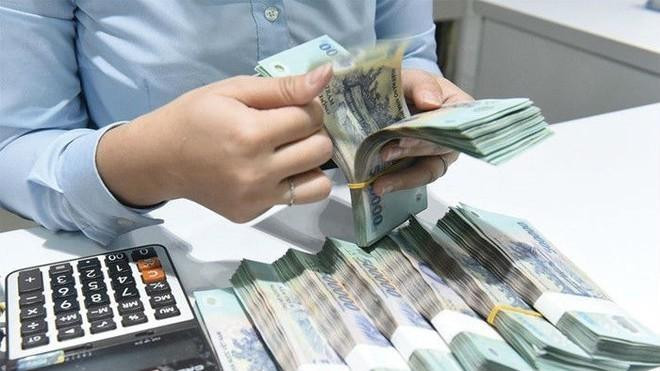
According to the General Statistics Office (GSO), as of March 21, the credit growth rate had reached 4.03 percent (it was 1.47 percent the same period last year). The high demand for capital and pressure from other investment channels such as gold, securities and real estate have forced banks to raise interest rates to attract deposits.
Deposit interest rates
About 10 commercial banks have raised deposit interest rates by up to 0.6 percentage point per annum since late March.
OCB, for example, has raised the interest rate by 0.6 percentage point for 6-month deposits, 0.5 percentage point for 9-month and 0.2 percentage point for 12-month deposits.
Meanwhile, NamABank has raised the interest rate by 0.2 percentage point for six months deposits. MB Bank has raised the interest rate by 0.4 percent for 12-month deposits and BacABank 0.3 percentage point for 6-month deposits and 0.1 percent for 12-month deposits.
Other commercial banks, including VietCapitalBank, SeABank, VIB, DongABank and Techcombank, have raised the interest rate by 0.01-0.2 percentage point. The highest interest rate at this moment, 7.6 percent per annum, is being offered by SCB to 13-month deposits. However, it is applied only to deposits of a minimum of VND500 billion.
The inter-bank interest rates have also increased sharply since the beginning of the year. The interest rates of overnight loans, one- and two-week loans are all higher than 2 percent per annum, increasing sharply compared with the 1 percent per annum in 2020-2021.
Analysts believe that interbank interest rates will continue increasing and it’s not likely to return to the low level.
They said a new ground for interest rates is being set up. In addition to increased demand for capital and competition with other investment channels, the interest rates have to increase because a large amount of idle money deposited at banks by businesses is being withdrawn from banks to pour into production and business.
Meanwhile, the US FED has raised interest rates, leading to an interest rate upward trend in the world’s economies, including Vietnam. Moreover, pressure on inflation in the remaining months of the year will be high with the CPI increasing by 1.91 percent in the first three months of the year in comparison with the same period last year.
Economists said that interest rate increases will depend on economic recovery and inflation.
An interest rate race may be triggered by small banks with weak liquidity. The banks have to offer higher interest rates than other banks to lure depositors, causing the market average interest rates to increase. If this happens, the deposit interest rates in 2022 will be much higher than in 2021.
Lending interest rates
Analysts have warned about interest rate increases.
The Governor of the State Bank of Vietnam (SBV) has issued an action plan to implement Resolution 11 released on January 30, 2022. The resolution said that interest rates need to be regulated in accordance with macroeconomic balance, inflation, and monetary policy targets. The central bank instructed commercial banks to cut lending interest rates by 0.5-1 percent in 2022 and 2023.
However, the current factors don’t facilitate interest rate reductions. Cutting the lending interest rates by 0.5-1 percent is a great challenge. Many banks have set up higher business targets in 2022 than in 2021 and may raise lending interest rates if they have to pay higher interest rates for deposits.
According to Can Van Luc, a respected economist, Vietnam’s key task in 2022 is supporting economic recovery. All the policies need to be designed in a way to implement the task and interest rates must not increase, or they will hinder recovery.
An analyst said that it’s necessary to require commercial banks to slash lending interest rates after they made high profits in 2020 and 2021, when deposit interest rates fell sharply and lending interest rates decreased only slightly.
He said that the NIMs of many banks are still at high levels, so deposit interest rate increases will not have a big impact on banks’ profits.
In addition, credit in 2022 is predicted to increase sharply, which will allow banks to make bigger profits.
Curbing lending interest rates is a must. If interest rates escalate, this will lead to serious consequences.
Higher lending interest rates will push input production costs up. This will force enterprises to increase selling prices of their products, creating adverse effects on total demand.
Tran Thuy